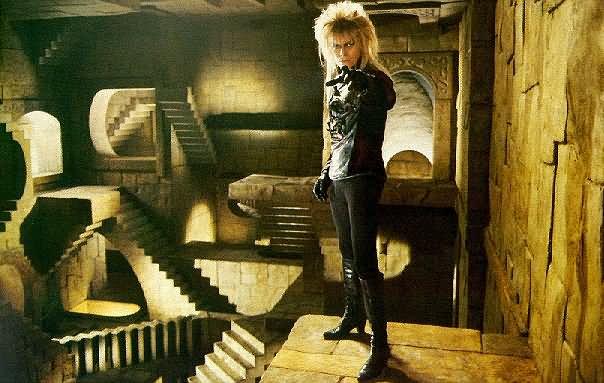It’s easy to mock rock stars with acting aspirations. It’s a phenomenon with a bleak history, as anyone who has ever squirmed through Sting in Brimstone and Treacle or stared unbelievingly, fist in mouth, at Adam Ant in Jubilee can attest.
David Bowie is, in some ways, the star alumni of this hideous school. At this late stage, Bowie The Actor is known primarily for a throwaway cameo as himself in Zoolander and creepily chasing a teenaged Jennifer Connolly around an Escher maze in Labyrinth:
However, Bowie’s acting career actually pre-dates his rock star years, with positive press notices for his theatrical work dating back to 1967. And having clocked up some thirty-odd acting credits since in TV, cinema and theatre, you have to assume that there’s a reason he keeps getting hired.
So, Is Bowie Any Good At Acting? To make sure you don’t have to, The Quietus has slogged through a considerable chunk of Bowie’s thespian endeavours to find out.
Click on the image below to begin . . .
Originally published in June 2009



